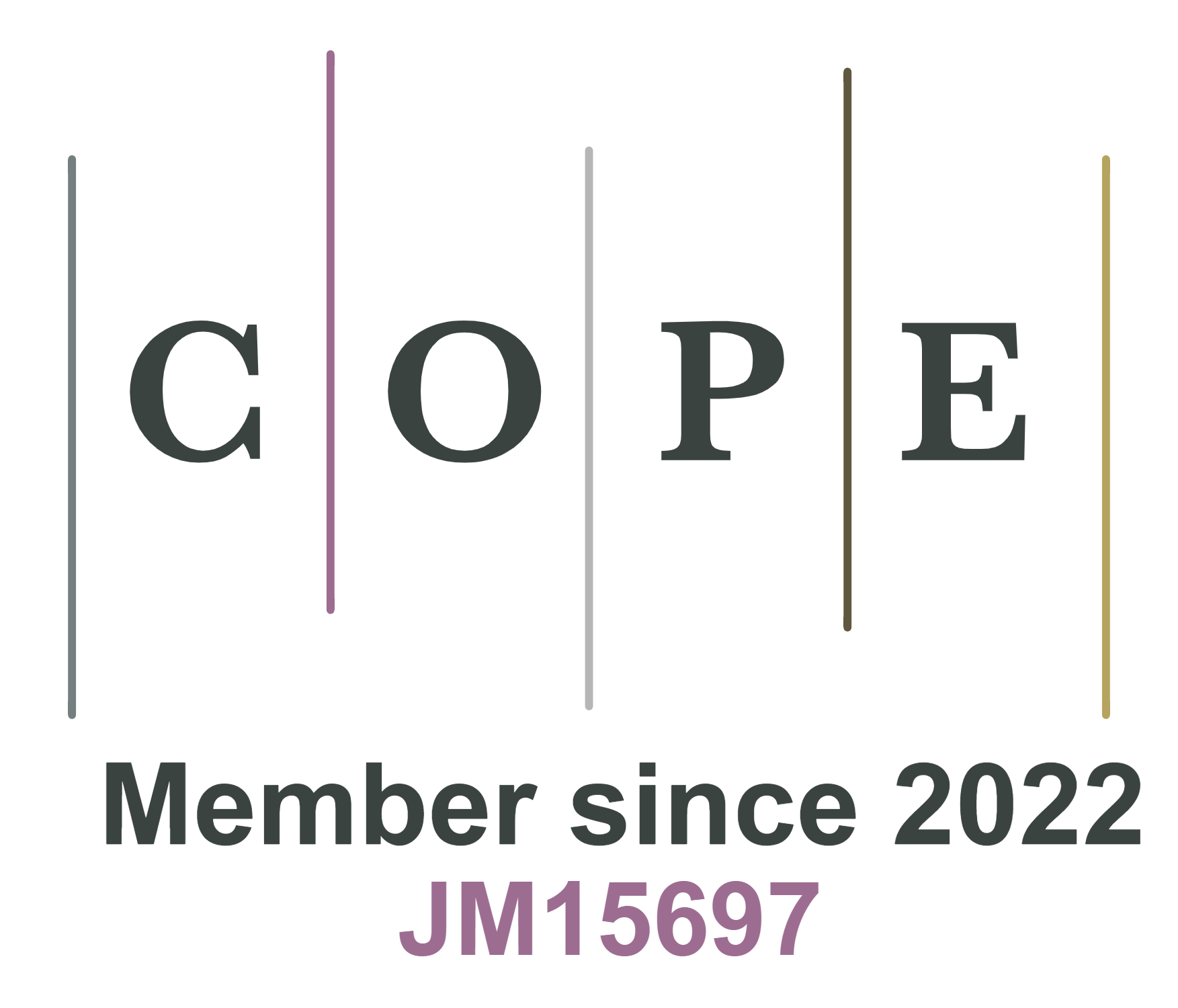REFERENCES
1. National Academies of Sciences, Engineering, and Medicine. Advancing Aerial Mobility: A National Blueprint; 2020.
2. Li R, Verhagen WJC, Curran R. A systematic methodology for Prognostic and Health Management system architecture definition. Reliability Engineering & System Safety 2020;193.
4. Morris TP, White IR, Crowther MJ. Using simulation studies to evaluate statistical methods. Stat Med 2019;38:2074-102.
5. Teubert C, Corbetta M, Kulkarni C, Daigle M. Prognostics models python package; 2021. Available from: https://github.com/nasa/prog_models.
6. Teubert C, Corbetta M, Kulkarni C, Daigle M. Prognostics algorithms python package; 2021. Available from: https://github.com/nasa/prog_algs.
7. Teubert C, Daigle MJ, Sankararaman S, Goebel K, Watkins J. A Generic Software Architecture for Prognostics (GSAP). International Journal of Prognostics and Health Management 2017.
8. Watkins J, Teubert C, Ossenfort J. Prognostics as-a-service: A scalable cloud architecture for prognostics. In: 11th Prognostics and Health Management (PHM) Conference, Prognostics and Health Management Society; 2019.
9. Strasser C, Cook R, Michener W, Budden A. Primer on data management: What you always wanted to know. UC Office of the President: California Digital Library 2012; doi: 10.5060/D2251G48.
10. Munappy A, Bosch J, Olsson HH, Arpteg A, Brinne B. Data management challenges for deep learning. In: 2019 45th Euromicro Conference on Software Engineering and Advanced Applications (SEAA); 2019.
11. Whang SE, Lee JG. Data collection and quality challenges for deep learning. Proc VLDB Endow 2020;13:3429-32.
12. Almas B, Bicarregui J, Blatecky A, et al. Data management trends, principles and components what needs to be done next? Available from: https://rd-alliance.org/sites/default/files/paris-doc-v6-1_2.pdf.
13. Wang W, Zhang M, Chen G, et al. Database meets deep learning: challenges and opportunities. CoRR 2019. Available from: http://arxiv.org/abs/1906.08986.
14. Breck E, Zinkevich M, Polyzotis N, Whang S, Roy S. Data validation for machine learning. In: Proceedings of SysML; 2019. Available from: https://mlsys.org/Conferences/2019/doc/2019/167.pdf.
15. Peng Y, Dong M, Zuo MJ. Current status of machine prognostics in condition-based maintenance: a review. The International Journal of Advanced Manufacturing Technology 2010;50:297-313.
16. Goebel K, Celaya J, Sankararaman S, et al. Prognostics: the science of making predictions; 2017.
17. Sankararaman S. Significance, interpretation, and quantification of uncertainty in prognostics and remaining useful life prediction. Mechanical Systems and Signal Processing 2015;52:228-47.
18. Sikorska JZ, Hodkiewicz M, Ma L. Prognostic modelling options for remaining useful life estimation by industry. Mechanical Systems and Signal Processing 2011;25:1803-36.
19. Jha MS, Dauphin-Tanguy G, Ould-Bouamama B. Particle filter based hybrid prognostics for health monitoring of uncertain systems in bond graph framework. Mechanical Systems and Signal Processing 2016;75:301-29.
20. Si XS, Wang W, Hu CH, Zhou DH. Remaining useful life estimation–A review on the statistical data driven approaches. European Journal of Operational Research 2011;213:1-14.
21. Schwabacher M, Goebel K. A survey of artificial intelligence for prognostics. Aaai Fall Symposium 2007.
22. Li CJ, Lee H. Gear fatigue crack prognosis using embedded model, gear dynamic model and fracture mechanics. Mechanical Systems and Signal Processing 2005;19:836-46.
23. Kacprzynski GJ, Sarlashkar A, Roemer MJ, Hess A, Hardman W. Predicting remaining life by fusing the physics of failure modeling with diagnostics. JOm 2004;56:29-35.
24. Neerukatti RK, Liu KC, Kovvali N, Chattopadhyay A. Fatigue life prediction using hybrid prognosis for structural health monitoring. Journal of Aerospace Information Systems 2014;11:211-32.
25. Khorasgani H, Biswas G, Sankararaman S. Methodologies for system-level remaining useful life prediction. Reliability Engineering & System Safety 2016;154:8-18.
26. Darrah T, Kulkarni CS, Biswas G. The effects of component degradation on system-level prognostics for the electric powertrain system of UAVs; 2020.
27. Xia T, Dong Y, Xiao L, Du S, Pan E, Xi L. Recent advances in prognostics and health management for advanced manufacturing paradigms. Reliability Engineering & System Safety 2018;178:255-68.
28. Biggio L, Kastanis I. Prognostics and health management of industrial assets: current progress and road ahead. Front Artif Intell 2020;3:88.
29. Fujimoto RM, Bock C, Chen W, Page EH, Panchal JH. Research challenges in modeling and simulation for engineering complex systems. In: Simulation Foundations, Methods and Applications; 2017.
30. Taylor SJE, Khan A, Morse KL, et al. Grand challenges for modeling and simulation: simulation everywhere—from cyberinfrastructure to clouds to citizens. SIMULATION 2015;91:648-65.
31. Celaya JR, Kulkarni C, Saha S, Biswas G, Goebel K. Accelerated aging in electrolytic capacitors for prognostics. In: 2012 Proceedings Annual Reliability and Maintainability Symposium. IEEE; 2012. pp. 1-6.
32. Heng A, Zhang S, Tan AC, Mathew J. Rotating machinery prognostics: State of the art, challenges and opportunities. Mechanical Systems and Signal Processing 2009;23:724-39.
33. Kulkarni C, Biswas G, Koutsoukos X, Celaya J, Goebel K. Integrated diagnostic/prognostic experimental setup for capacitor degradation and health monitoring. In: 2010 IEEE AUTOTESTCON. IEEE; 2010. pp. 1-7.
34. Arias Chao M, Kulkarni C, Goebel K, Fink O. Aircraft engine run-to-failure dataset under real flight conditions for prognostics and diagnostics. Data 2021;6:5.
35. Shcherbakov M, Sai C. A hybrid deep learning framework for intelligent predictive maintenance of Cyber-Physical Systems. ACM Transactions on Cyber-Physical Systems (TCPS) 2022;6:1-22.
36. Osmić N, Kurić M, Petrović I. Detailed octorotor modeling and PD control. In: 2016 IEEE International Conference on Systems, Man, and Cybernetics (SMC); 2016.
37. Plett GL. Battery management systems volume 2: equivalent-circuit methods. Artech House; 2015.
38. Valavanis KP, Vachtsevanos GJ. Quadcopter Kinematics and Dynamics. Springer; 2015.
39. Quiñones-Grueiro M, Biswas G, Ahmed I, Darrah T, Kulkarni C. Online decision making and path planning framework for safe operation of unmanned aerial vehicles in urban scenarios. IJPHM 2021;12.
40. Patrikar J, Moon BG, Scherer S. Wind and the city: Utilizing uav-based in-situ measurements for estimating urban wind fields. In: 2020 IEEE/RSJ International Conference on Intelligent Robots and Systems (IROS). IEEE; 2020. pp. 1254-60.
41. Advanced Precision Composites. 8x4 Propeller Performance Dataset. UIUC Propeller Dataset Accessed: 2019.
42. Schacht-Rodriguez R, Ponsart JC, Garcia-Beltran CD, et al. Path planning generation algorithm for a class of UAV multirotor based on state of health of lithium polymer battery. Journal of Intelligent and Robotic Systems 2018;91:115-131.
43. Saha B, Goebel K. Battery Data Set. NASA Ames Prognostics Data Repository 2007.
44. Mahony R, Kumar V, Corke P. Modeling, estimation, and control of quadrotor. IEEE Robotics & Automation Magazine 2012.
45. Abeywickrama HV, Jayawickrama BA, He Y, Dutkiewicz E. Comprehensive energy consumption model for unmanned aerial vehicles, based on empirical studies of battery performance. IEEE Access 2018;6:58383-94.
46. Plett GL. Sigma-point Kalman filtering for battery management systems of LiPB-based HEV battery packs. Journal of Power Resources 2006;161:1369-84.
47. Merwe RVD, Wan EA, Julier SI. Sigma-point Kalman filters for nonlinear estimation and sensor-fusion: applications to integrated navigation. In: AIAA Guidance, Navigation, and Control Conference and Exhibit. Washington, D. C; 2004. p. 5120.
48. Darrah T, Quiñones-Grueiro M, Biswas G, Kulkarni C. Prognostics based decision making for safe and optimal UAV operations. In: AIAA Scitech 2021 Forum; 2021.
49. Jackey R, Plett G, Klein M. Parameterization of a battery simulation model using numerical optimization methods. SAE International 2009.
50. Xuan J, Wang X, Lu D, Wang L. Research on the safety assessment of the brushless DC motor based on the gray model. Advances in Mechanical Engineering 2017.
51. Daigle M, Kulkarni C. Electrochemestry-based battery modeling for prognostics. In: Annual Conference of the Prognostics and Health Management Society; 2013.
52. Ma S, Jiang M, Tao P, et al. Temperature effect and thermal impact in lithium-ion batteries: a review. Progress in Natural Science: Materials International 2018;28.
53. Wang B, Wang D, Ali Z, Ting B, Wang H. An overview of various kinds of wind effects on unmanned aerial vehicle. Measurement and Control 2019.
54. Kavraki LE, Svestka P, Latombe J, Overmars MH. Probabilistic roadmaps for path planning in high-dimensional configuration spaces. IEEE Transactions on Robotics and Automation 1996;12.
55. Magid E, Keren D, Rivlin E, Yavneh I. Spline-based robot navigation. In: IEEE/RSJ International Conference on Intelligent Robots & Systems; 2006.
56. Farin G. Curves and surfaces for computer aided geometric design: a practical guide. Elsevier; 2014.






